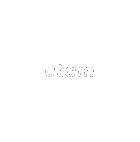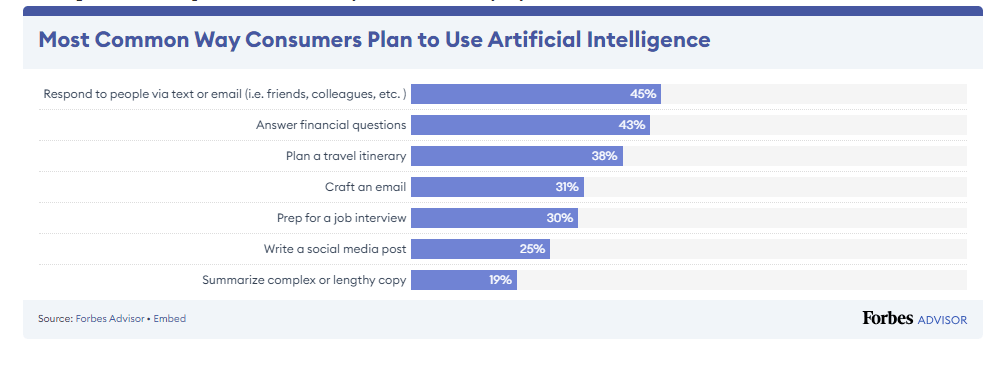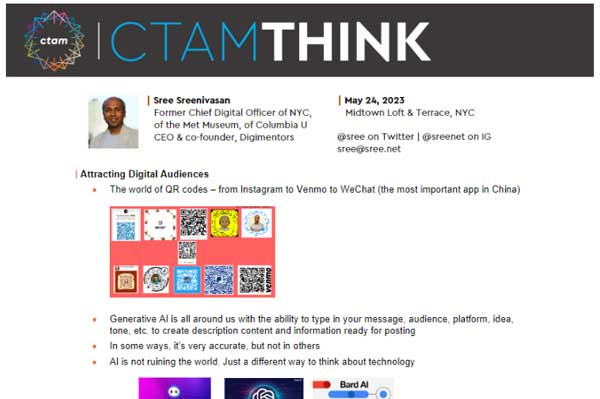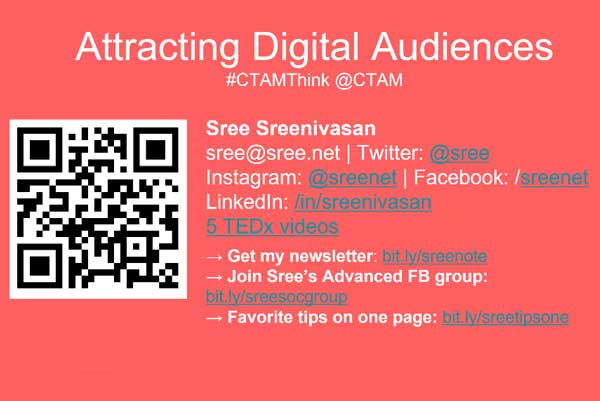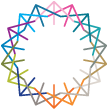Artificial intelligence (AI) is creating a major impact with unprecedented changes across the media and entertainment industry. From AI tools that can influence storylines and contextual advertising to crafting accurate personalization features and innovative tools for data security, discover how the industry is incorporating AI.
What is AI?
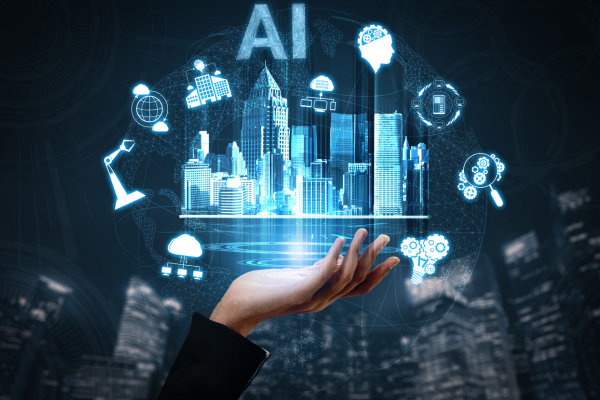
- Artificial intelligence (AI) is a wide-ranging branch of computer science concerned with building smart machines capable of performing tasks that typically require human intelligence. (Built In)
- AI systems work by ingesting large amounts of labeled training data, analyzing the data for correlations and patterns, and using these patterns to make predictions about future states. (Tech Target)

Generative AI techniques can create realistic text, images, music and other media. (Tech Target)
Generative AI refers to deep-learning models that can take raw data — say, all of Wikipedia or the collected works of Rembrandt — and “learn” to generate statistically probable outputs when prompted. (IBM)
When it comes to generative AI, it is predicted that foundation models will dramatically accelerate AI adoption in enterprise. (IBM)
Machine Learning vs. Deep Learning
Machine Learning

- A machine learning algorithm is fed data by a computer and uses statistical techniques to help it “learn” how to get progressively better at a task.
- ML algorithms use historical data as input to predict new output values.
Source: Built In
Deep Learning
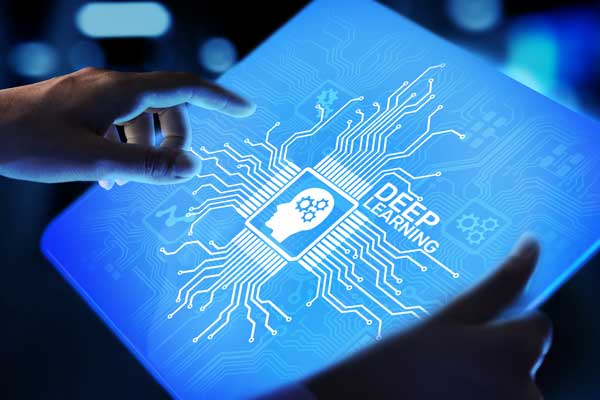
- Deep learning is a method of artificial intelligence (AI) that teaches computers to process data in way that is inspired by the human brain.
- Deep learning models can recognize complex patterns in pictures, text, sounds and other data to produce accurate insights and predictions.
- Deep learning methods can be used to automate tasks that typically require human intelligence, such as describing images or transcribing a sound file into text.
Source: Amazon
Forecasts and Metrics
- One in three Americans over the age of 18 has already used generative artificial intelligence tools. (The Verge)
- U.S. residents between the ages of 25 and 34 are the heaviest GAI users followed by 35-44 year olds. (Insider Intelligence)
- AI is expected to see an annual growth rate of 37.3% by 2030. (Grand View Research)
- The AI market is expected to hit $1,597 billion by 2030 with a registered CAGR of 38.1% by 2030. (Precedence Research)
- The media industry is projected to see the fastest growth in AI spending of any industry with a five-year compound annual growth rate exceeding 30%. (International Data Corp.)
- ChatGPT (Generative Pre-Training Transformer) forecasts usage to grow nearly 900% this year to 61.5 million users up from 6.3 million in 2022. (MediaPost)
- More than 20% of Internet users are predicted to be on the ChatGPT platform this year, up to 25% in 2024 and 26% by 2025. (Insider Intelligence)
AI Programs
AI for Writing

ChatGPT is an artificial intelligence chatbot capable of producing written content in a range of formats, from essays to code and answers to simple questions. (Built In)
AI for Drawings / Visuals
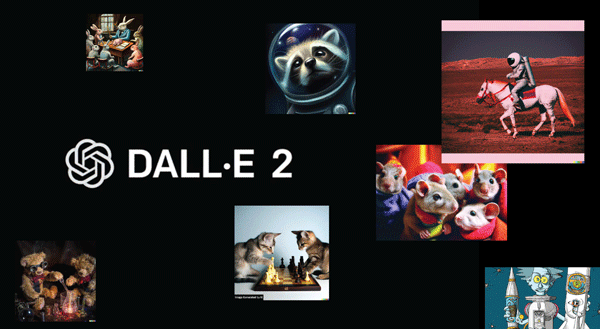
Dalle-2 is an AI system that can create realistic images and art from a description in natural language
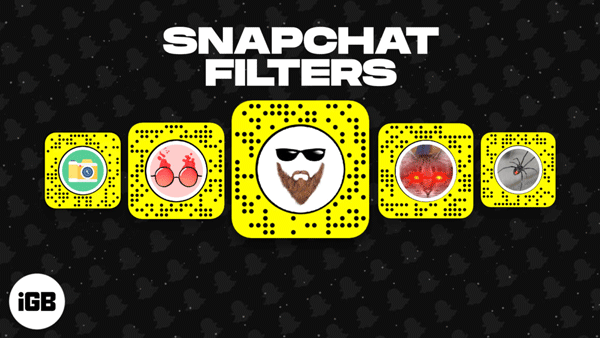
Snapchat filters use ML algorithms to distinguish between an image’s subject and the background. (Built In)
Location-Based AI
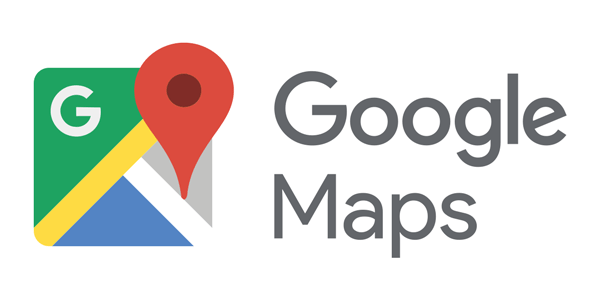
Google Maps uses location data from smartphones, as well as user-reported data. (Built In)
AI Personal Assistants
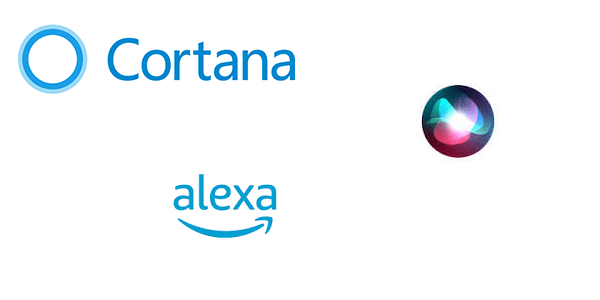
Personal assistants like Siri, Alexa and Cortana use natural language processing, or NLP, to receive instructions from users to set reminders, search for online information and control the lights in people’s homes. (Built In)
Wearable AI
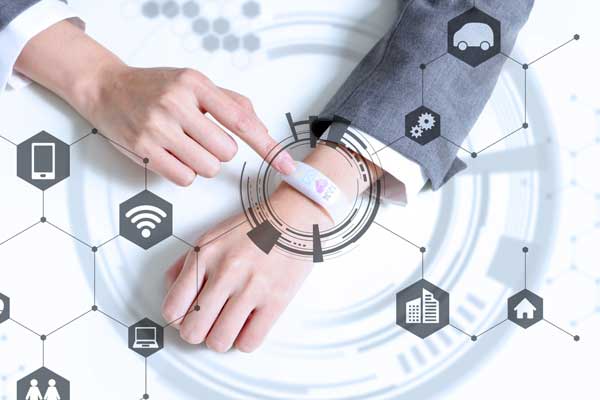
The wearable sensors and devices with AI capabilities are mainly used in the healthcare industry to apply deep learning to assess the health condition of the patient. (Built In)
AI Recommendation Engines

AI-based recommendation systems are widely used in e-commerce to suggest products to users based on their browsing and purchase history, preferences and behavior. (IT Convergence)
Using past consumption behavior data, AI algorithms can help to discover data trends. (IBM)
Examples:
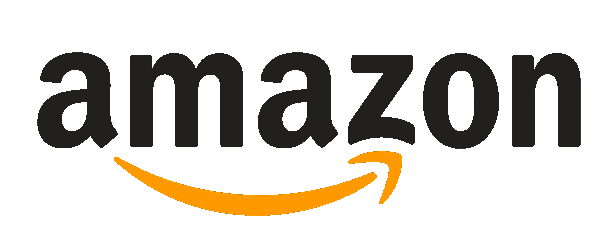


AI In Media
- The media industry is projected to see the fastest growth in AI spending of any industry with a five-year compound annual growth rate exceeding 30%. (International Data Corp.)
- AI can also control server resources to ensure the highest possible quality of streaming in times of high traffic (for example, when hit shows premiere).
- Video indexing is one of the discussed AI features useful for the industry. It can be utilized to raise the visibility of videos and their monetization possibilities.
- Artificial-intelligence tools raise questions about intellectual-property rights that are under scrutiny by courts and entertainment executives. (Article: Who Owns SpongeBob? AI Shakes Hollywood’s Creative Foundation)
Media Examples

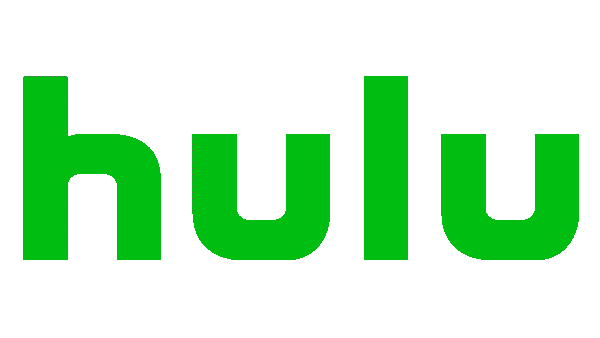



Services like Netflix, Hulu, Spotify, YouTube, TikTok, and many more use AI algorithms for multiple purposes.



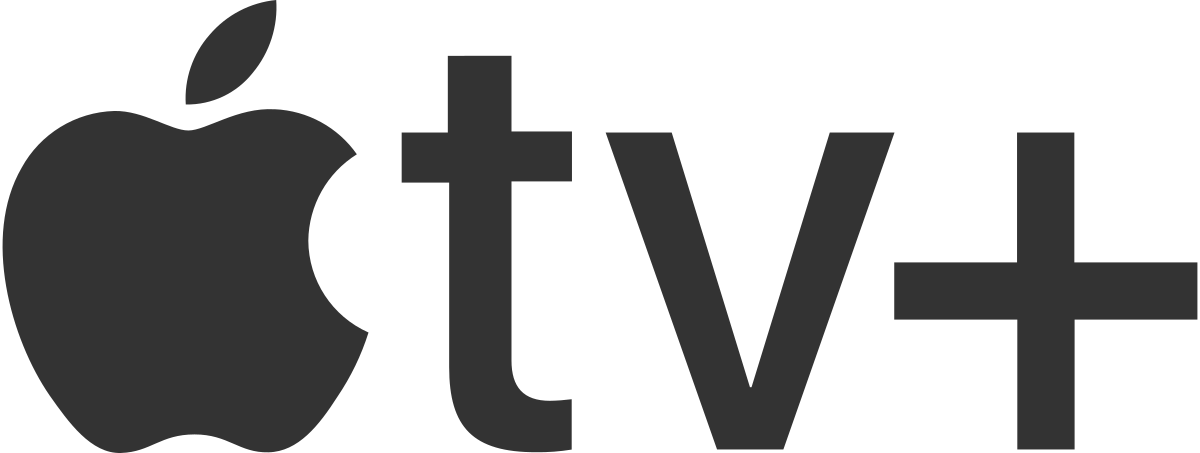

Content streaming platforms frequently use machine learning as their primary AI algorithm for data analysis and recommendations.


Many providers use a combination of several algorithms and human work to create interesting, but familiar suggestions. That’s usually caused by business strategies centered around the social aspect of media streaming. Max and Spotify operate on this approach.
Case Study | Netflix Recommendations: How Netflix Uses AI, Data Science, And ML

- Netflix AI generates thumbnails by annotating and ranking hundreds of frames taken from a preexisting movie or TV program to determine which thumbnails are most likely to prompt a click from users.
- It foresees how many subscribers it will have in the future. Therefore, it has room to make more technological advances.
- Netflix improves video quality for viewers even during busy viewing times by placing video assets near subscribers in advance.
- Because of Netflix AI, a single Netflix account may be used in two distinct locations, but you will be shown different recommendations in each. This algorithm learns on its own and continues to gather information.
- Netflix uses several machine learning algorithms that evaluate reviews, search terms, similarities, and many more variables. Then, they deliver personalized suggestions to their users.
- Article: Netflix Recommendations: How Netflix Uses AI, Data Science, And ML
AI in Marketing and the Customer Journey
- 48% of marketing leaders cite AI as making the most significant difference in how customers interact with them. (Semrush)
- Generative AI can reshape the buyer’s journey from the start by attracting potential customers, molding content to their needs, and fostering a faster connection between the buyer and the brand. (Insider Intelligence)
- Marketers are leaning into AI to help customers make informed buying decisions, moving them closer toward purchase. (Insider Intelligence)
- Additionally, brands can leverage AI to speed up buyers’ decision-making process and ultimately increase conversation rates.
- Two-thirds of marketers investing in AI report a positive ROI with 43% seeing twofold ROI and 22% seeing threefold ROI. (Botco.ai)
AI Marketing Case Studies
Accelerating Conversion Rates
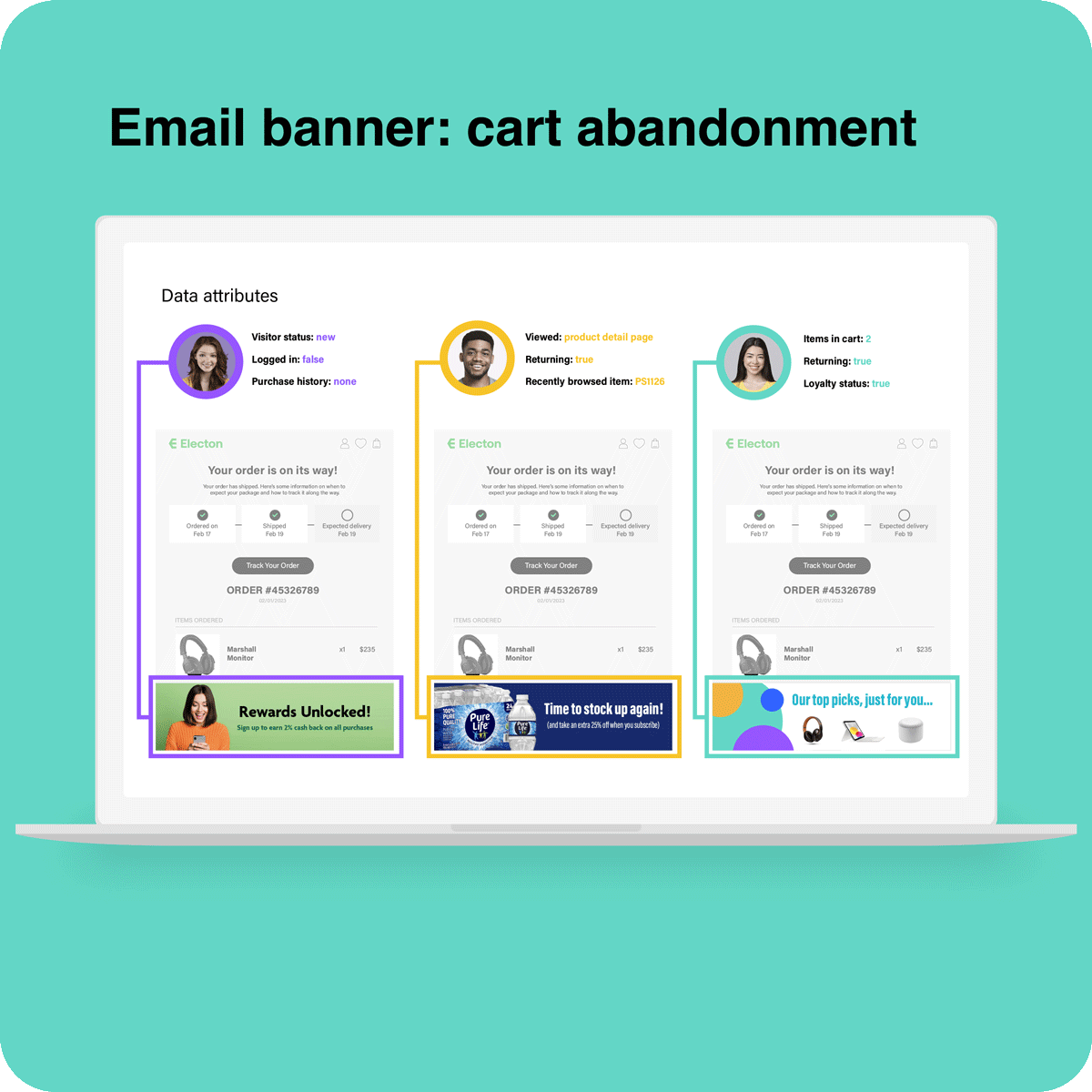
Tapestry. The parent company of major fashion brands like Kate Spade, Tapestry uses Persado’s generative AI solution Dynamic Motivation. Using third-party data, it personalizes marketing copy based on which words and phrases perform well with specific buyers and adapts customers’ cart checkout experience to their browsing behavior and preferences.
Result: Reduced cart abandonment and delivered a 3% to 5% increase in ecommerce revenues.
Fostering Brand Advocacy
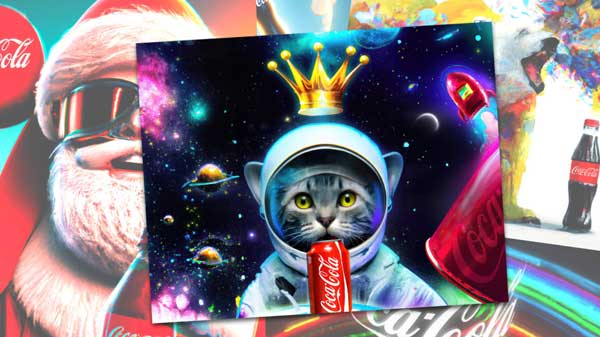
Coca-Cola promoted brand advocacy when it launched an AI platform with DALL-E2 and GPT-4 where artists could submit original work with Coke-branded elements for the chance to be featured on Coca-Cola’s digital billboards in Times Square and Piccadilly Circus.
Article: Coca-Cola Invites Fans to Create AI Art (Fast Company)
Resources

CTAM Wired Webcast: Demystifying Artificial Intelligence in Media
In the rapidly evolving landscape of the media industry, AI is not just a buzzword; it’s a transformative force reshaping everything from content creation to distribution.
*CTAM Members only
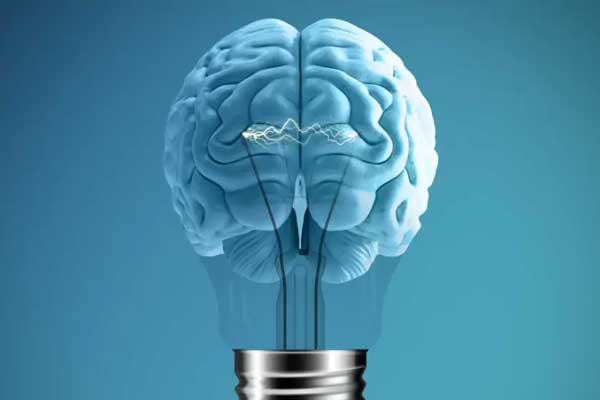
Generative AI & Entertainment: A Special Report
Discover a special report on the entertainment industry and the impact of generative artificial intelligence’s ability of creating content across multiple media types.
Attracting Digital Audiences Through AI

Sree Sreenivasan, Digimentors
In today’s crowded market, Sreenivasan examines the digital journey, what drives attention, inspires community and unlocks emotional engagement and AI capabilities that foster content discovery, brand affinity and can strengthen the TV watching experience.
Leveraging the Power of AI: A Guide for Executives
Insight Guide
Gain a comprehensive background on the impact of AI and discover how AI enhanced platforms can reinvent the relationship between your company and customers.
